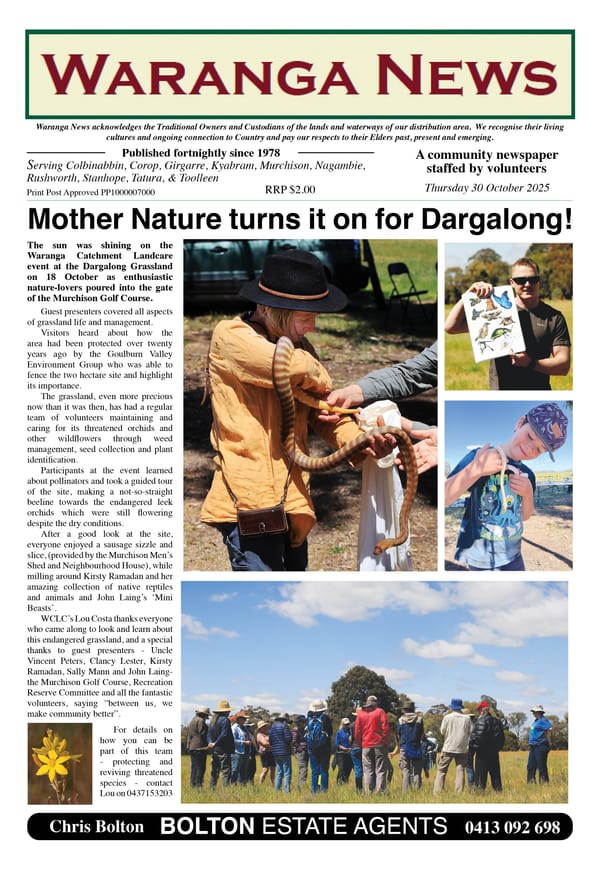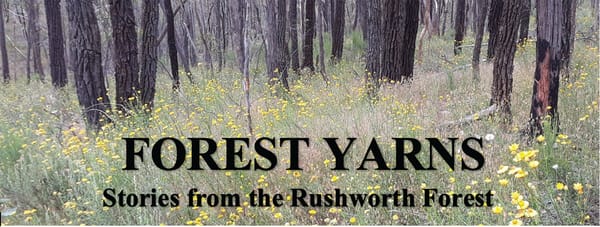Thylacines and de-extinction

Most readers will be familiar with the extinction of the thylacine, or Tasmanian tiger (Thylacinus cynocephalus). Its range once extended over Papua and New Guinea, mainland Australia and Tasmania where it was an apex predator. It became extinct in PNG and mainland Australia around 3,500 years ago; probably due to the introduction of the dingo at about the same time. The thylacine continued on in Tasmania with a population of about 5,000 at the time of European settlement. It was soon held responsible for numerous attacks on sheep and the Tasmanian government placed a one pound bounty per head on thylacines (about half of the weekly average wage in 1900). Hunting, competition with wild dogs (introduced), disease and limited diversity all contributed to its decline and extinction. The last wild thylacine was shot in 1930 and the last captive thylacine died at the Hobart Zoo in 1936 from exposure after being locked out of its housing during freezing cold weather. There had been some contentious unsuccessful attempts to protect the thylacine. Too late, it finally gained full protection in 1936.
With well preserved specimens existing in museums the prospect of genetically engineering the thylacine back from extinction was seen to be possible, once gene manipulation techniques were developed. Recently a major step towards the resurrection of the thylacine was announced: a collaboration between Melbourne University and Colossal Biosciences (the same bio-tech firm that engineered the direwolves of two editions ago) has successfully mapped the complete DNA of the thylacine. The goal is to alter the DNA of the dunnart, a marsupial mouse that is the closest living relative of the thylacine, with key segments of thylacine DNA. If Colossal’s version of the direwolf is any guide, these new thylacines will be something similar but not the same as the original thylacines. It is anticipated that living ‘thylacines’ will be produced in as little as eight years.
As it is hoped to introduce these new ‘thylacines’ into the wild, an in-depth feasibility is being carried out. It must be remembered that the wilderness of Tasmania is not what it was 150 years ago. Apex predators need large territories. A thylacine needs around 500 square kilometers. Taking habitat loss into account, the suitable remnant wilderness simply will not support many thylacines and some of those wilderness areas are crossed by roads and other infrastructure. Wild dogs and disease are also still present. Getting thylacines back into the wild will not be easy. Presumably the legislation of 1936 protecting the thylacine is still in place and the one pound bounty is no longer offered!




